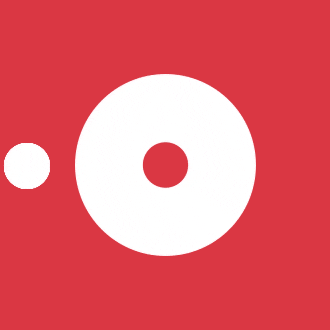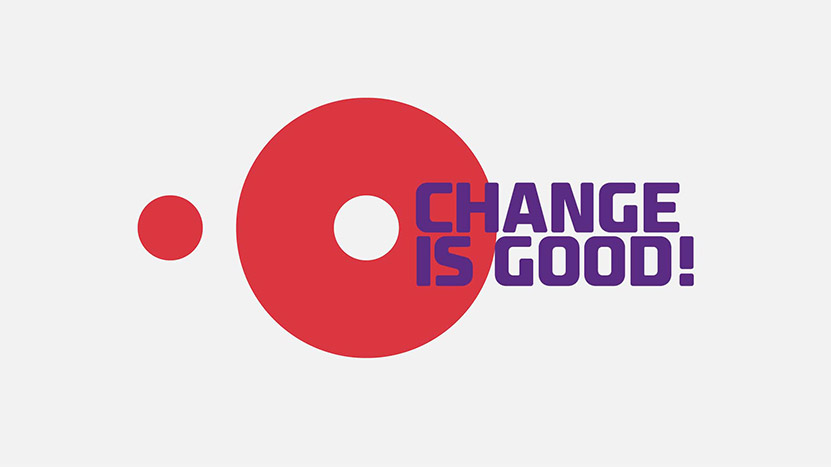We’ve been fortunate…
to brand / rebrand many smart and open-minded businesses over the past several years —
helping them to double, triple, or quadruple their revenues… even helping them achieve Inc.500 status and gain media exposure, just like OpenTable has done. We’ve successfully applied Fortune 500 branding principles to go against the grain and help our clients soar past others in their categories.
It’s not uncommon for even the most successful business leaders to be afraid of change, even if they know that change is part of the game. On occasion, the fear of change or the unwillingness to go outside of one’s comfort zone can be crippling.
The speed with which the digital age can alter entire industries can be just as frightening as change within a company. Do you remember connecting to the internet with America Online? How about Kodak and Polaroid and photographs taken on film? Perhaps you’ve got a pang of remorse left over from abandoning your Myspace account in favor of Facebook? Maybe you thought your Blackberry would be around forever?
We invite you to embrace change. Change is an unforgiving, nostalgia free tidal wave that is willing to wash over anything that stands in the way of progress. The only true way to win against change in the digital age is to accept it, to embrace it.
Championing change is just what our friends at OpenTable have done. With the OpenTable Rebrand, they’ve dropped their bland, overly literal 16 year old logo for something more adaptable to their fight for lifestyle-brand status. Did you even know that they were in a fight for survival? Maybe not, but several startups and at least two major competitors (Yelp and Groupon) are hot on their heels with innovative options for foodies everywhere. OpenTable could go the way of RadioShack, but I think that they are built of more adaptable stuff, (considering just how flexible their new identity is) and just how closely to the heart it aims to hit people.

OpenTable Rebranding, OpenTable’s new brand image
Where once OpenTable had a logo that was basically a graphic representation of a table reservation being available, it is now a representation of a person at a table. The new logo is meant to connect with people, to show what is possible at the table, to bring to mind the experience of dining and to be flexible enough to suit all personalities. When a logo is literal, it doesn’t allow for the interaction of a viewer’s imagination, it is a complete, one-sided conversation. When a logo is conceptual, it opens the door for consumer engagement, it is adaptable, and can change move with its surroundings.
So, we applaud the OpenTable rebrand for taking a chance and getting it right! Take a look at a few of their recent videos, and we’ll see you at the table!







